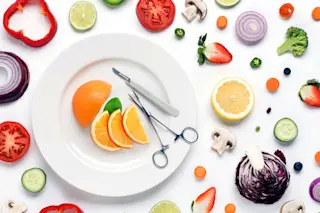The cans of baby formula invaded Brian Jackson’s Dartmouth College lab late in 2010. His team picked up an armful of popular brands at the food co-op in Hanover, N.H. Then another armload. Eventually Jackson had a cabinet full of the brightly labeled canisters. Today, he still keeps a few in his office. Not as clutter — that’s not his style. He just likes to keep his toxicology evidence close at hand.
A 47-year-old analytical chemist with sandy-gray hair and blue eyes, Jackson has a chemist’s passion for the picky details of analysis, the skill his colleagues tapped when they asked him to investigate a disturbing possibility: that baby foods and formulas made with rice might contain arsenic, a known carcinogen. Ingested even at the trace levels the scientists suspected, devastating health outcomes could result.
In a first round of tests, arsenic levels in all the products Jackson’s group studied ...











